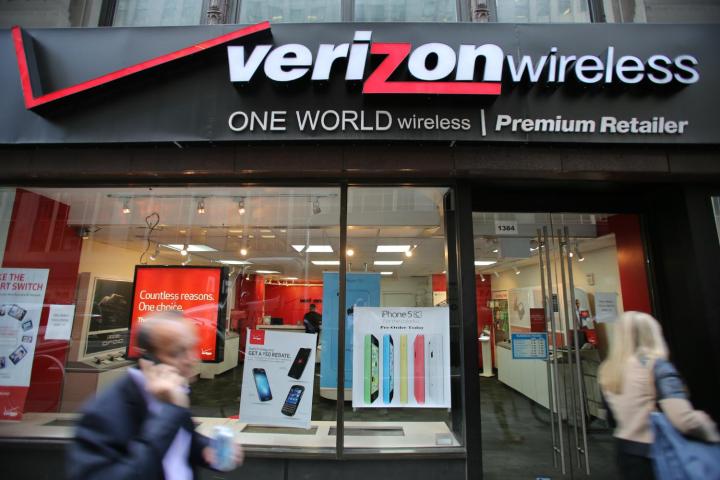
The lawsuit stems from Verizon over-charging subscribers by billing them for in-network calls that were supposed to be free, as well as billing them 45 cents a minute for exceeding the monthly allowance instead of the 25 cents that were advertised. This happened in a four-year period between May 11, 2002 and May 10, 2006.
Under the terms of the settlement, Verizon would have to pay $36.7 million to a settlement fund that would be distributed to those affected in the form of either cash or phone bill credits. Another $27.5 million would be used to supply those billed for in-network calls with PIN numbers that can be used for domestic or international calls.
Even though Verizon declined to comment on the settlement, one of the attorneys who filed the class-action suit, Peter Bezek, said this was an oversight on Verizon’s part. “I assume they legitimately believed in the billing practices they had,” Bezek told The Huffington Post. “Ultimately, when they were shown there were, in fact, billing problems, they acted responsibly and settled the case.”
The settlement has yet to be approved by the court, though once the settlement is signed off on, you can claim a piece of the pie, as long as you were one of the ones affected by the over-billing.
